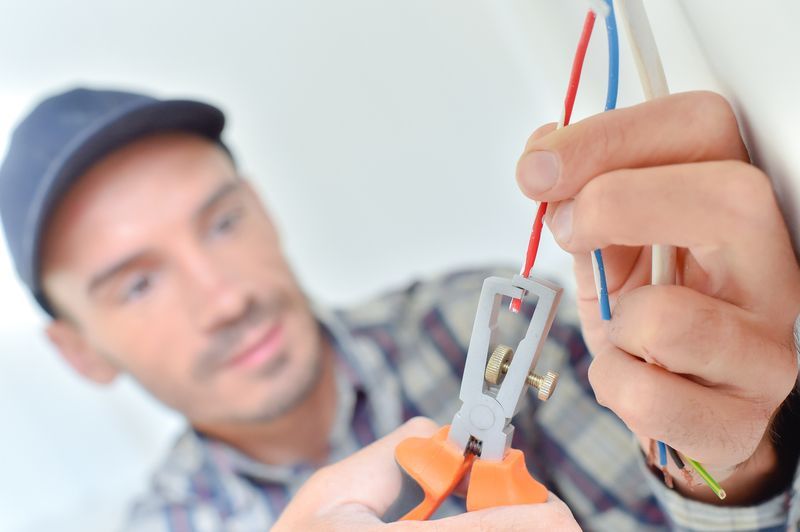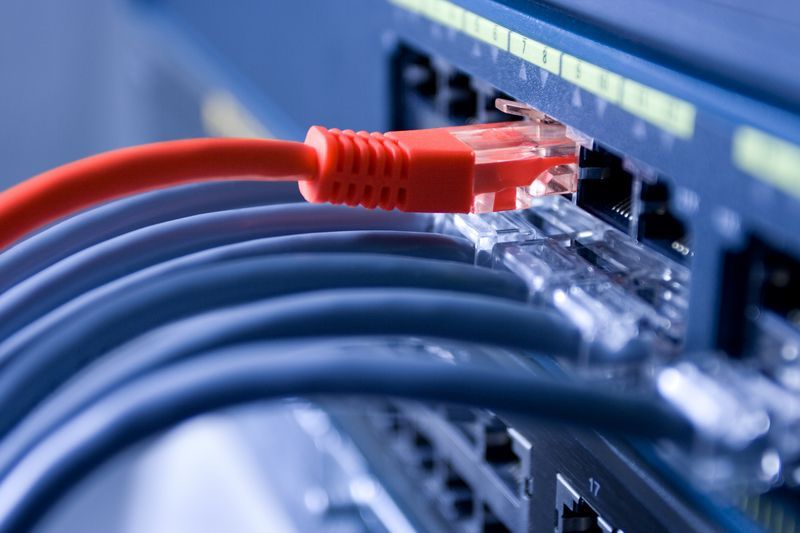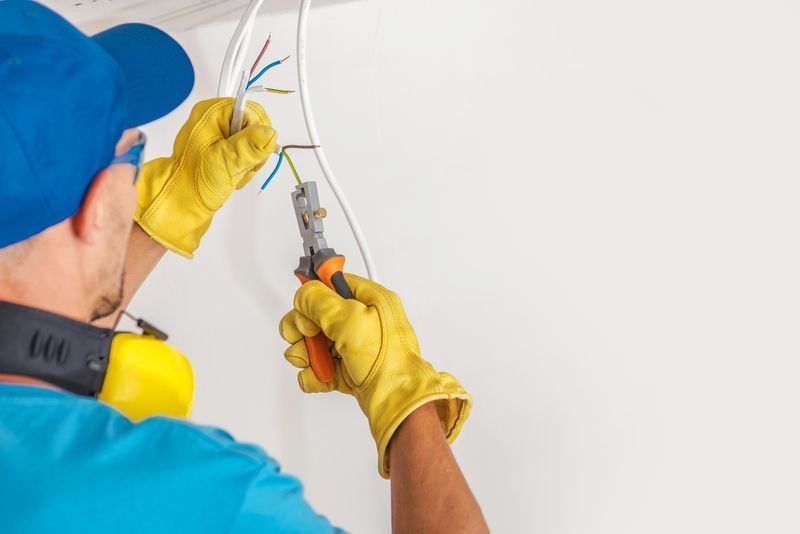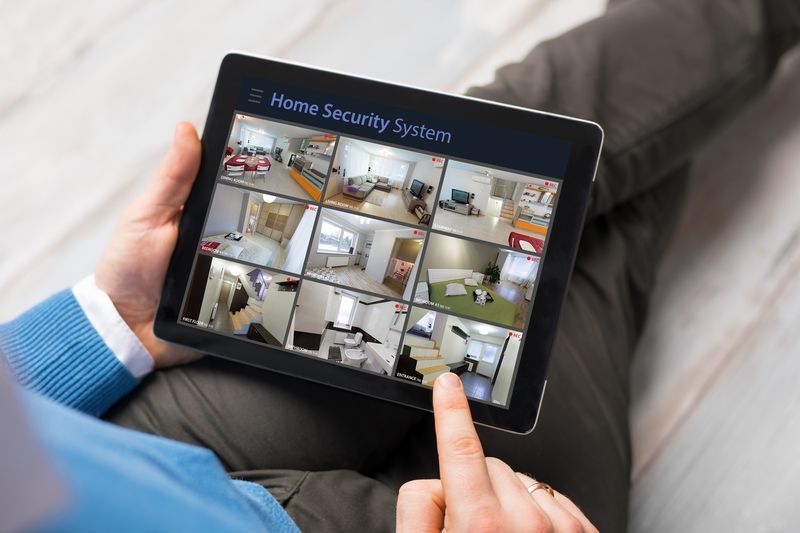In today's fast-paced world, keeping our workplaces safe and secure is more important than ever. That's why understanding how to manage who comes in and out is crucial. It's about making your space more secure, without making it feel like a fortress.
Overview of Access Control Systems
In today’s digitally driven world, ensuring the security of workplace environments has become increasingly complex and paramount. Access control systems stand at the forefront of modern security measures, acting as the first line of defense in protecting sensitive areas and information within an organization. At its core, access control regulates who can or cannot enter a specific location, ensuring that only authorized individuals have access to designated areas. This concept has evolved from traditional mechanical locks and keys to sophisticated electronic systems that offer a higher level of security and functionality.
The journey from conventional methods to electronic access control systems reflects the rapid advancements in technology and the growing need for enhanced security measures. Traditional locks and keys, whilst simple and straightforward, posed significant security risks, including the ease of duplication and physical breach. In contrast, electronic access control systems leverage technology to provide not only secure access but also valuable data insights, such as access history and times, vastly improving security protocols and operational efficiencies.
Fundamental Principles of Access Control
Understanding the underlying principles of access control is crucial for implementing an effective security strategy. These can be summarized by the Three A’s of Access Control: Authorization, Authentication, and Accounting. Authorization determines who is permitted to enter or access resources based on predefined conditions. Authentication verifies the identity of the individual attempting access, often through credentials like passwords, keycards, or biometric data. Finally, Accounting tracks and records access attempts, providing a detailed log of who accessed what and when thereby offering invaluable insights for security audits and investigations.
Beyond these principles, access control systems can be categorized into two main types: physical and logical. Physical access control limits entry to buildings, rooms, or other physical assets, while logical access control safeguards digital data and networks. Both play critical roles in an organization’s overall security posture, protecting against unauthorized access to physical locations and sensitive information. Together, they create a comprehensive security framework that addresses the challenges faced by businesses in safeguarding their assets in the digital age.
As the threats to corporate security grow more sophisticated, understanding the basics of access control systems and their foundational principles becomes an indispensable part of any security strategy. These systems not only prevent unauthorized access but also provide a structure for managing and recording access events, which is pivotal for maintaining the integrity of secure areas and sensitive information.
Exploring Types of Access Control Technologies
The progression of access control technologies has provided organizations with a spectrum of options to secure their premises. The shift from mechanical to electronic keys marks a significant upgrade in security measures. Where mechanical keys can be easily duplicated or lost, electronic keys offer encrypted, digital codes that are much harder to replicate and can be quickly deactivated if compromised.
- Keycards and Smart Cards represent a leap forward in access control technology. Utilizing magnetic stripes or embedded chips, these cards can store data and permissions for each user, allowing or restricting access to certain areas based on predefined conditions. They are particularly useful in environments that require varying levels of access for different groups of individuals, providing a balance between security and flexibility.
- Mobile Access Control leverages the ubiquitous presence of smartphones to revolutionize access control systems. By turning a mobile device into a digital key, this technology offers unparalleled convenience without compromising on security. Encryption and secure apps ensure that even if a phone is lost or stolen, the digital keys it contains remain protected. Mobile access control systems can easily be updated remotely, granting or revoking access permissions in real-time.
- Biometric Systems take security to the highest level by utilizing unique physical or behavioral traits for verification, such as fingerprints, facial recognition, and even iris scans. This method eliminates the risk associated with lost, stolen, or shared access credentials, providing a highly secure solution that is difficult to forge or breach.
Advantages of Modern Access Control Systems
- Enhanced Security comes naturally with the adoption of modern access control systems. Multi-factor authentication, combining something the user knows (a PIN), something they have (a card or smartphone), and something they are (biometric verification), adds layers of security that significantly deter unauthorized access.
- Real-Time Monitoring and Access Logs offer an audit trail that is invaluable for security purposes. These systems provide detailed records of who accessed what area and when facilitating investigations and compliance reporting. This real-time data can also be used to quickly respond to potential security breaches or anomalies.
- User Convenience and Seamless Access experiences are increasingly important in today's fast-paced world. Modern systems provide quick and easy access for authorized users, reducing bottlenecks and improving efficiency without compromising security.
- Scalability and Flexibility mean that as businesses grow, their access control systems can grow with them. Whether it's adding more access points, and users, or upgrading technologies, modern systems are designed to adapt to the changing needs of an organization.
The advancement of access control technologies offers organizations an array of options to secure their assets while accommodating the needs of their workforce. From keycards to biometrics, the right mix of technologies can create a secure, efficient, and user-friendly environment.
Selecting the Right Access Control System for Your Workplace
Selecting an access control system that fits your organization's needs requires careful consideration of several factors. It’s not merely about choosing the most advanced technology but finding a practical, scalable solution that aligns with your security objectives and budget.
- Assess Your Security Needs: Begin by evaluating the specific requirements of your workspace. How many access points need securing? What level of security is necessary for different areas? Consider the flow of employees, contractors, and visitors and how you want to manage their access.
- Installation Considerations: The choice between DIY systems and professional installation depends on the complexity of the system and the expertise available within your organization. Professional services may offer more seamless integration, but DIY kits can be cost-effective and sufficient for smaller spaces.
- Budgeting Carefully: Look beyond initial purchase costs to consider long-term expenses, including maintenance, software updates, and potential expansion. A system that seems affordable now might incur higher operational costs, making it less economical over time.
- Compatibility and Scalability: Choose a system that not only integrates well with your existing security infrastructure but also offers room for growth. As your business expands, your access control system should adapt to new challenges without requiring a complete overhaul.
Best Practices for Implementing Access Control Systems
A strategic approach to implementation can significantly enhance the effectiveness of your access control system. Here are key practices to ensure a successful deployment:
- Strategic Placement: Reader and authentication points should be strategically placed to manage flow without creating bottlenecks while ensuring that sensitive areas are adequately protected. This might require a combination of physical barriers and electronic controls.
- Regular Updates and Maintenance: Like any security system, access control systems require ongoing maintenance to perform optimally. Regular updates and checks can prevent vulnerabilities, ensuring that your defenses stay robust against evolving threats.
- Employee Training: The transition to a new access control system can be smooth or disruptive, largely depending on how well employees understand and adapt to it. Providing comprehensive training on using the system, understanding the security protocols, and knowing whom to contact for issues can minimize frustration and non-compliance. Modern access control systems offer powerful tools for enhancing workplace security. By carefully selecting a system that aligns with your organization's specific needs and following best practices for implementation, you can create a secure, efficient environment that protects your assets and people. Remember, the goal is not just to control access but to do so in a way that supports your organization's operation and culture.
Understanding how to manage who can enter your workplace is crucial in today's world. Whether it's by using special cards, codes, or even fingerprints, these systems help keep the right people in and the wrong ones out. Remember, the goal is to make your space as protected as possible while still being welcoming to those who belong.
For those looking to enhance the security and efficiency of their workplace through advanced access control systems, our team at Data Cabling Service is here to assist. Contact us today to explore how we can transform your workspace into a safer, more controlled environment.











